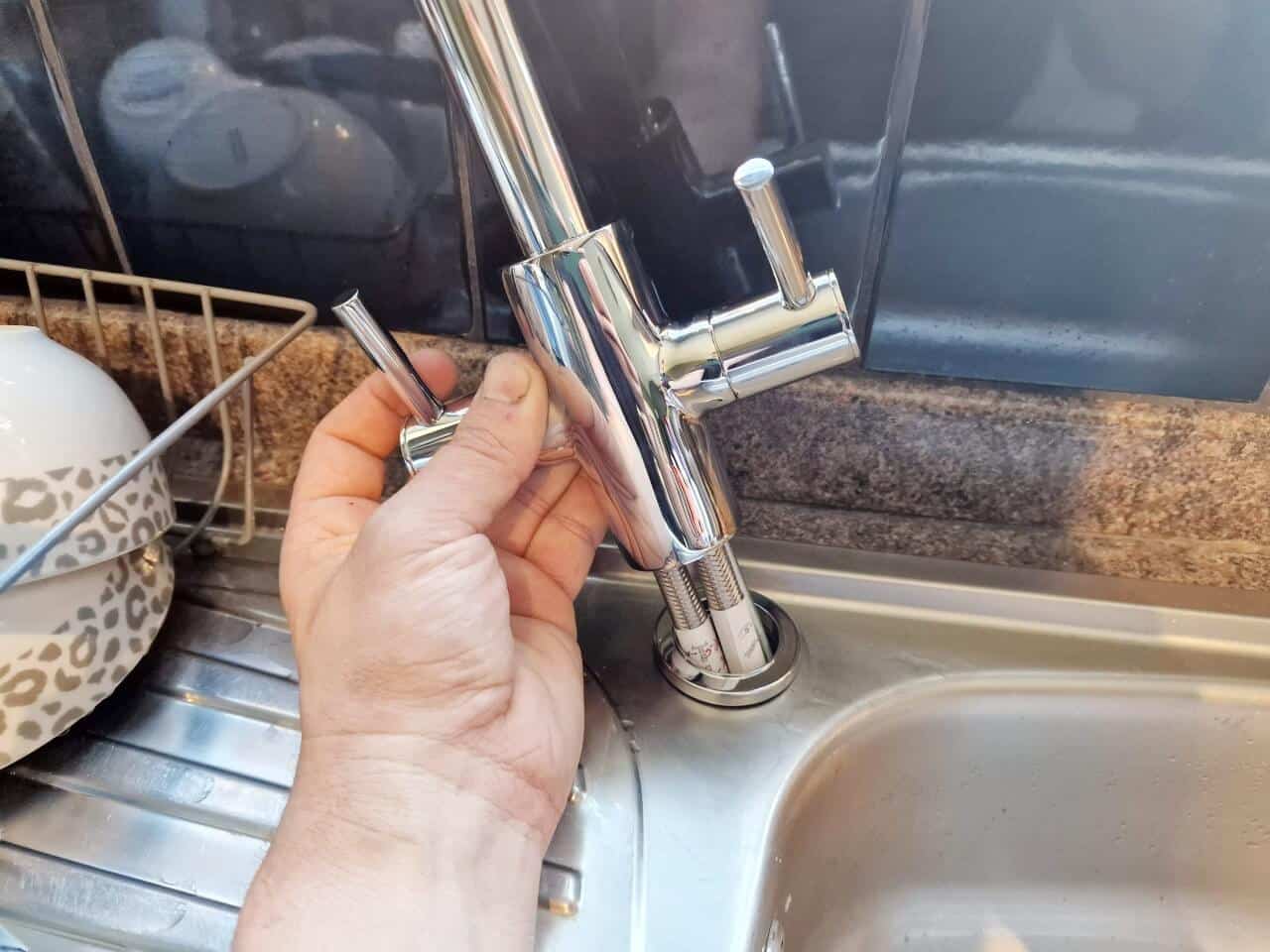How to replace tap
If you are experiencing Problems with your water flow or pressure, it is likely that you needs to be replace tap. To replace tap, first, turn off the main water supply at the main valve in your home.
Remove any plugs from the pipes leading into your house and set aside a container for flushing debris down the drain afterward. Then, use a wrench to turn the handle on top of the tap counter-clockwise until it becomes free from the socket (it may take some force).
Carefully remove the old Tap and install the new one by aligning it correctly in its socket and turning it clockwise until it's tight. Tighten using a wrench if necessary. Finally, reconnect all of those pesky plugs!
Evaluate the condition of your taps and look for any signs of wear or tear
Taps are one of the most important parts of a bathroom renovation because they deliver water and waste supplies to your toilet. It's important to keep your taps in good condition so you don't have any problems later on. Here are some tips for evaluating the condition of your taps:
-
Check for leaks
Look for signs that water is leaking from the tap or faucet. This may be caused by worn or corroded hoses, loose connections, or damaged pipes.
-
Check for rust
Rusty fittings can indicate that there has been insufficient cleaning over time. If this is the case, it's likely that mold growth will occur soon after installation due to inadequate moisture circulation.
-
Inspect handles and knobs
Handle and knob wear can also signal faulty plumbing systems. Replace tap handles and knobs if they're too thin or flimsy, or if they show obvious signs of abuse (such as paint peeling off).
Keep an eye out for these symptoms so you can take action before something worse happens!
Replacing bathroom taps
Replacing bathroom taps can be a hassle, but it's definitely worth it to have fresh water flowing freely all the time.
Here are some tips on how to go about replacing your bathroom taps:
- First, you'll need a wrench or pliers to unscrew the old drain pipe, and an appropriately sized replace tap hose if necessary.
- Next, remove any tiles or other obstructions in line with the new tap location. This will help ensure proper flow into and out of the sink.
- Finally, screw in the new drain pipe using your appropriate tool(s). Make sure that it is tightly fitted so no water leaks!
Replacing a leaking tap washer
If you're experiencing problems with your bathroom leaking water, there are a few things you can do to try and repair the situation.
Below are instructions on how to replace a leaking tap washer in a standard kitchen sink:
1) Remove the old washer by unscrewing it from the pipe. Make sure to keep any screws that come off with it!
2) Slide the new washer up onto the pipe until it is seated firmly against both sides of the hole. Screw it into place using screws that came off of the old washer.
3) Replace any seals or gaskets that may have become damaged during installation as necessary. Be sure not to over-tighten these fittings - they should only be snug enough so that water doesn't leak out while washing your hands or brushing your teeth, but not so tight that they cause damage.
Replacing a mixer tap
If you're looking to replace mixer tap, there are a few things to keep in mind.
First, it's important to measure the flow rate of water that your tap is supplying. This will help you choose the right size mixer tap for your bathroom.
Second, make sure to get a replacement that is compatible with the plumbing in your bathroom. Some taps require adapters or other pieces in order to work properly, so be sure to check before buying.
And finally, always use caution when installing a new mixer tap - never force it into place, and remember not to overtighten screws or plugs!
Check your water pressure and temperature
It's important to periodically check your water pressure and temperature in order to maintain optimal levels. If you notice any change, or if your water pressure or temperature is outside of the acceptable range, please contact your local utility company immediately.
Follow the plumber's instructions carefully
It can be difficult to know what to do when something goes wrong with your plumbing. But following the plumber's instructions carefully will help minimize any damage and make repairs as quickly and efficiently as possible.
1) Clear an area large enough for repair in your home or office. This will help keep disruption to a minimum while the technician is working.
2) Turn off all water supplies to the area being repaired, and disconnect all pipes that could get wet (unless instructed otherwise).
3) Shut off the main electrical supply if necessary.
4) Alert family members or neighbors of what's going on so they won't enter areas where they don't need to be.
5) Have everything you need ready before arrival - including tools, gloves, etc.
6) Ask questions during the repair process; you may not know everything there is to know about plumbing!
FAQs
Where can I buy a shower tap?
There are a few different places you can purchase shower taps, including hardware stores and home improvement retailers. Make sure to read the reviews before making your purchase to get the best deal possible.
When to replace tap
Whenever the old tap is no longer functioning or is damaged, its time to replace tap.

